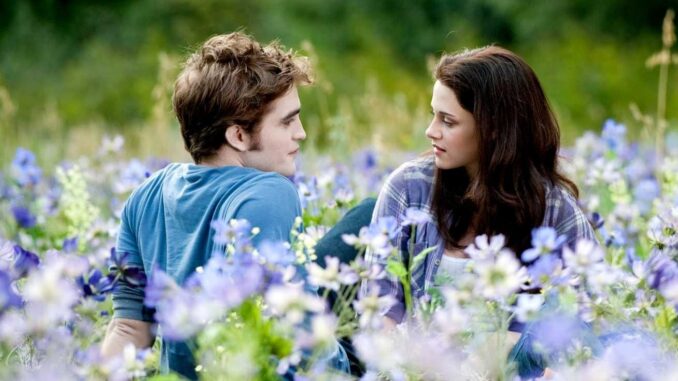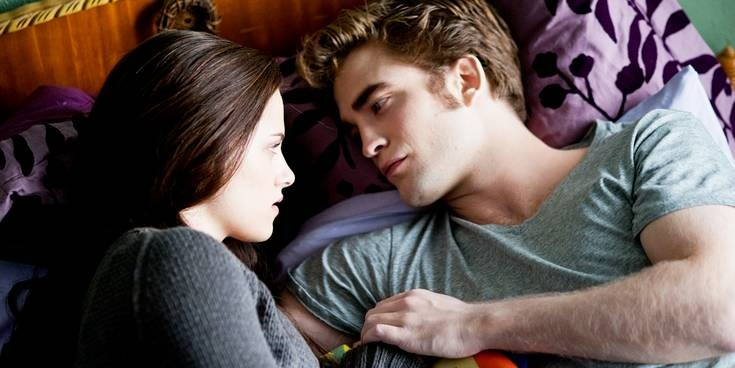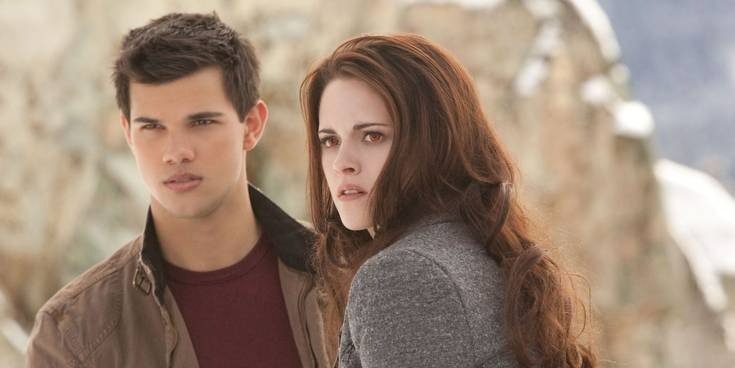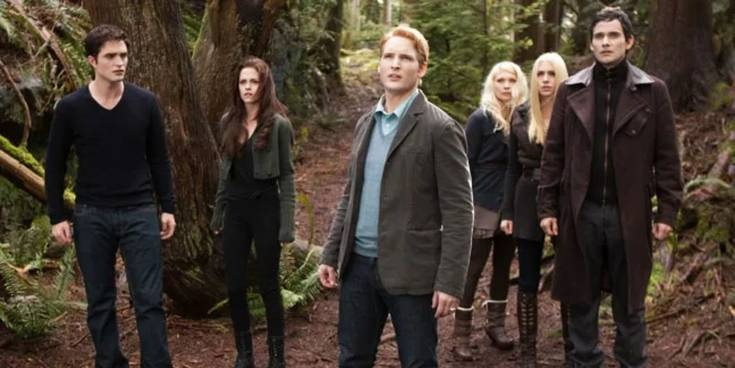
The Secret Meaning Behind Each Twilight Movie Title
The Twilight saga’s titles are never explained in the original novel series or their blockbuster movie adaptations, but they’re secretly a reflection of the character arc undergone by the main character Bella (Kristen Stewart in the movies). Released in 2008, Thirteen director Catherine Hardwicke’s Twilight was a gloomy, grey-tinged adaptation of Stephenie Meyer’s YA sensation the Twilight saga. The hugely successful paranormal novel series told the tale of Bella Swan, an ordinary teenager, and Edward Cullen (Robert Pattinson), the ageless vampire she falls in love with.
Bolstered by a strong cast and a self-aware streak of humor, the Twilight movie adaptations may have flopped with critics but they were a hit with audiences. Although the Twilight series never explicitly addresses this, each of the individual installment titles can be read as a reflection of where the story of Bella is, and where it is heading. The Twilight saga’s titles reflect both Bella’s emotional states throughout the novels and their movie adaptations, and the state of the infamous love triangle between herself, Edward, and the hot-headed, problematic Quileute werewolf Jacob (Taylor Lautner) in each installment.
Twilight (2008)
A huge success upon publication and an even bigger hit at the box office a few years later, the original Twilight was a phenomenon that at the height of its considerable fame rivaled the Harry Potter series. The original title comes from the point at the end of the day where it’s neither day nor night, the only time that is home to both vampires and humans traditionally.
Since the infamously sparkly vampires of Twilight aren’t killed by the sun but instead exposed by it, the Cullen clan of the saga resides in the small, gloomy town of Forks. It is perpetual twilight in the small town, meaning Bella is never far from vampires and can fall for Edward despite traditional vampire lore dictating that he and his brood of bloodsuckers couldn’t live normal daytime lives.
The twilight of the title refers to the end of their childhood.
However, there’s also a metaphorical meaning to the title, as well the practical point of the Cullen family requiring twilight to mask their condition. Like so many fictional pairings, Bella and Edward fall for one another at the twilight of their youth. As late adolescents, they are neither considered adults nor children, not yet free to live independently but also not as innocent and in need of protection as children. Here, the twilight of the title refers to the end of their childhood and their inhabiting of the space between adulthood and childhood.
When Meyer originally wrote the series, the Twilight Saga was intended to be a two-book series starting with Twilight and immediately followed by its ending, Breaking Dawn . However, after the success of the first novel, Meyer was contracted to write two sequels that account for the time between the first and last novels.
New Moon (2009)
There’s an obvious double meaning to the first Twilight sequel’s title, as New Moon introduces werewolves into the world of Twilight. However, as well as the obvious pun on Jacob’s lycanthropy, New Moon also refers to the darkest point in the lunar cycle.
New Moon ’s reference to the darkest point of the lunar cycle underscores that Bella is at her most hopeless.
Despite Catherine Hardwicke being replaced by American Pie director Chris Weitz for the movie adaptation of New Moon, the sequel is significantly tonally darker than the more visually gloomy first film in the series. Despite featuring more humor and a warmer color palette, New Moon also centers its narrative on scenes of Bella at the lowest point she reaches in the entire series when Edward leaves her alone with no explanation for his absence.
As such, New Moon’s reference to the darkest point of the lunar cycle underscores that Bella is at her most hopeless and depressed when Edward leaves. Although his presence in her life brings danger, it’s also the only thing that keeps her going, leaving New Moon as the darkest installment of the series even though it is less violent than later movies.
Fortunately, Bella’s overwhelming depression is eventually lifted by a new arrival in her life as this sequel also sees the introduction of the third part of Twilight’s love triangle, Jacob. The darkest of Bella’s depression lifts as she meets Jacob, and as he’s a werewolf the end of her new moon is contrasted with the start of his transformation, with the character’s condition giving the title its double meaning.
Eclipse (2010)
Jacob the werewolf is eclipsed in Bella’s affections by Edward’s return.
The strongest standalone movie in the Twilight franchise, Eclipse sees 30 Days of Night director David Slade take over the directorial reins and inject some real action and horror into the series. The meaning behind this installment’s title is almost as direct and impactful as Slade’s economic direction in Eclipse. Jacob the werewolf is eclipsed in Bella’s affections by Edward’s return in what is the most explicitly clear title of the series, and the pivotal point in the love triangle where Bella definitively chooses her love interest for good.
But there’s another meaning to the title Eclipse, too. By the end of Eclipse, the villainous Victoria has been beheaded and the vampire army she has amassed has been defeated and wiped out by the series’ heroes. However, as the bigger-picture villains of the series the Volturi have now been alerted to Bella and Edward’s relationship, the threat posed by Victoria and her army is soon to be eclipsed by the arrival of these more established, and more dangerous, villains (much like the Volturi eclipsed the Romanian coven before the series began).
Breaking Dawn (2011, 2012)
Breaking Dawn refers to the light at the end of three novels worth of darkness for Bella and Edward.
Though Breaking Dawn was presented as two movies, it originated as one novel in the Twilight Saga. With the end of the Jacob/Bella/Edward love triangle comes the start of Bella and Edward’s life together, and the arrival of their child in the final novel and two-part movie of the Twilight series is a proverbial new day for the pair’s life together.
Thus Breaking Dawn refers to the light at the end of three novels worth of darkness for Bella and Edward, and this theme of new beginnings is reinforced by Jacob imprinting on Renesmee. This finally ends his rivalry with Edward and, when paired with the disappointingly bloodless defeat of Aro, Marcus, and the rest of the Volturi makes the events of Breaking Dawn a new day not only for the main characters but for everyone in the Twilight universe at large too.
